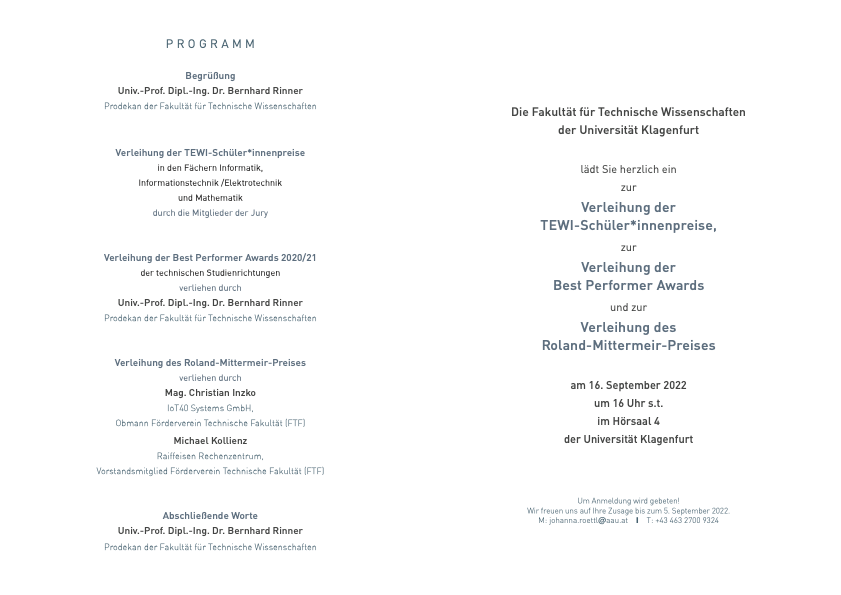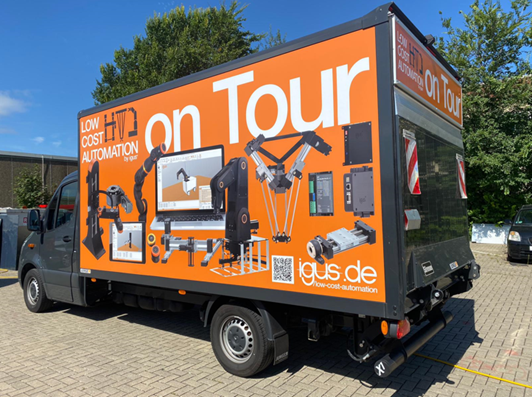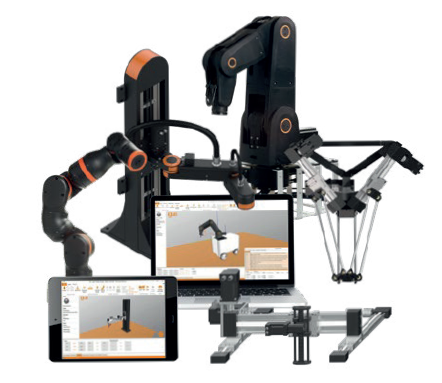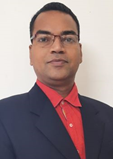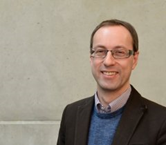… ist der Titel des Roland-Mittermeir-Preises 2021 und wurde vom Förderverein Technische Fakultät mit EUR 1.500,00 ausgezeichnet. Der Autorin und Preisträgerin, Frau Dipl.-Ing.in Teresa Rauscher BSc, wurde der Preis im Rahmen einer TEWI-Veranstaltung (gemeinsam mit der Vergabe der TEWI-Schüler*innenpreise und Best Performer Awards) am 16. September 2022 übergeben und die Arbeit wird hier kurz vorgestellt:
Ultraschallbildgebung – für die meisten bekannt aus der Frauenheilkunde – ist ein komplexes Zusammen- spiel von physikalischen Prinzipien und Signalverarbeitungsmethoden. Es basiert auf hochfrequenten Schallwellen, die uber eine Sonde in den Körper geschickt werden und dort vom Gewebe unterschiedlich stark reflektiert oder gestreut werden, um so ein Bild zu erhalten. Bei hohen Intensitäten zeigen die Schallwellen ein starkes nichtlineares Verhalten. Dieses wird zurzeit aber noch nicht genutzt, sondern im Gegenteil durch lineare Modelle angenähert. Sofern man diese Nichtlinearitäten aber richtig abbildet, kann die Qualität der Bilder enorm verbessert werden und auch weitere Anwendungen wie beispielsweise Tissue Harmonic Imaging oder therapeutischer Ultraschall können davon profitieren.
In meiner Masterarbeit habe ich mich eben genau mit der Modellierung dieser Nichtlinearitäten bei der Ausbreitung von Ultraschallwellen beschäftigt. Ziel war es, ein drei dimensionales Modell fur die nicht- lineare Wellenausbreitung im Wasser ausgehend von einer rechteckige Sonde zu entwickeln und dieses auch zu implementieren. Durch die Zusammenarbeit mit GE Healthcare in Zipf, Oberösterreich, konnte ich einen sehr wertvollen praktischen Einblick erhalten und deren Messungen mit den Simulationen vergleichen, um die Genauigkeit des entwickelten Modells zu verifizieren.
Um Nichtlinearitäten abzubilden, muss man in das Feld der nichtlinearen Akustik eintauchen und auf nichtlineare partielle Differentialgleichungen zurückgreifen, in diesem Fall auf die KZK-Gleichung. Die KZK-Gleichung ist eine parabolische Differentialgleichung, die die nichtlineare Ausbreitung von gerichteten Wellen abbilden kann. Die Berechnung von drei dimensionaler fokussierter nichtlinearer Schallwellenausbreitung ist zeitlich noch recht aufwändig, was uns auch zu einer der größten Herausforderungen bringt, denn Ultraschallbildgebung findet in Echtzeit statt.
Um die Berechnung also zu beschleunigen, benötigt man Approximationen. Also denkt man sofort an Linearisierung, doch Ziel ist es gerade diese Nichtlinearitäten abzubilden. Damit mussten andere Ideen her.
Grundlegend basiert das entwickelte Modell auf einem Operator Splittingverfahren. Dies ist eine Methode zur einzelnen Berücksichtigung der Terme in der Gleichung, wodurch diese für eine sehr kleine Schrittweite parallel gelöst und dann nach jedem Schritt wieder zusammengefugt werden können. Durch diese mögliche Parallelisierung kann man Rechenzeit gewinnen und verliert bei entsprechender Schritt weite kaum an Genauigkeit.
Außerdem hat jede Ultraschallsonde eine bestimmte Geometrie, in diesem Fall rechteckig. Dadurch kann das zugrunde liegende Eigenwertproblem fur den Laplace Operator in der KZK-Gleichung explizit gelöst werden. Mithilfe der Eigen-funktionen und einem entsprechenden Ansatz kann man dies auf eine Cosinustransformation zurückführen und somit einen Teil der Gleichung im Frequenzbereich lösen und vernachlässigbare Anteile herausfiltern.
Spannend sind natürlich die Ergebnisse. Um dies zu untersuchen, wurde das Modell diskretisiert. Implizite Zeitschritt-verfahren wurden entwickelt, um die Stabilität zu gewährleisten. Dann wurde es in MATLAB implementiert, die simulierten und gemessenen Wellen wurden in unterschiedlichen Tiefen verglichen und insgesamt konnte eine sehr gute Übereinstimmung festgestellt wreden. Bei Messungen sprechen wir von akustischen Messungen, die mithilfe eines Hydrophones in einem Wassertank bei GE Healthcare in Zipf durchgefuhrt wurden. Auch die Rechenzeit konnte vor allem durch die genannten Annäherungen signifikant reduziert werden.
Damit konnte im Rahmen dieser Masterarbeit ein effizientes Modell entwickelt und implementiert werden, um die nichtlineare Wellenausbreitung bei der Ultraschallbildgebung abzubilden.

